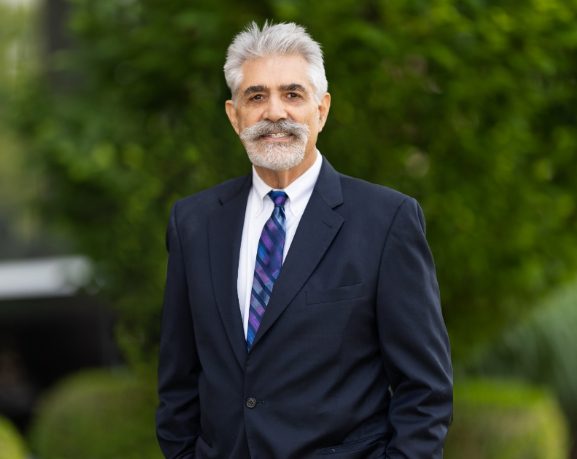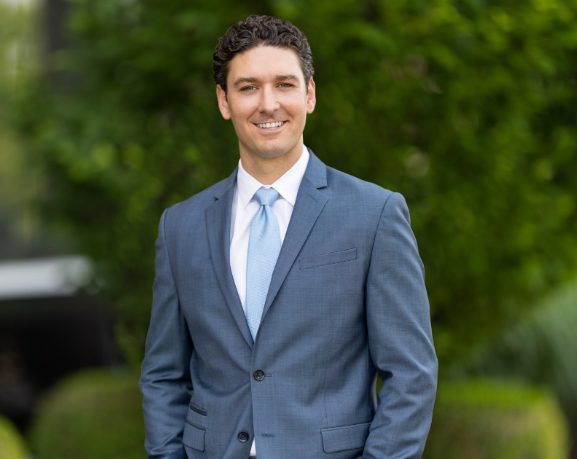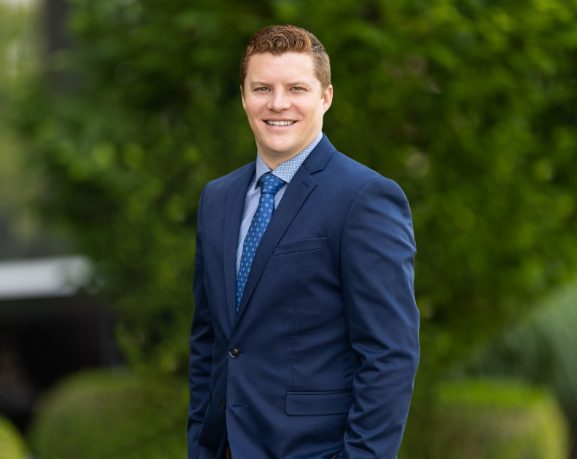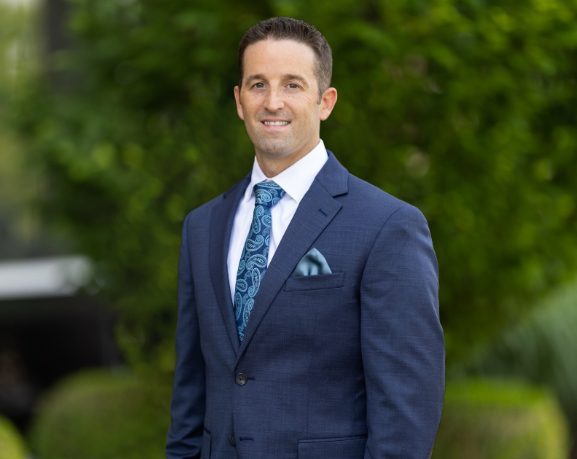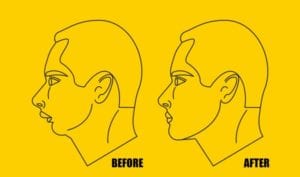 Double jaw surgery is also known as Bi-maxillary Osteotomy. It is a specific type of orthognathic or corrective jaw surgery. Often, oral surgeons perform surgery on one jaw at a time. Double jaw surgery is when they perform surgery on both jaws simultaneously. The purpose of double jaw surgery is to correct both aesthetic and functional skeletal issues. A common condition double jaw surgery addresses is a protruding jaw, which causes an abnormal bite, called a malocclusion.
Double jaw surgery is also known as Bi-maxillary Osteotomy. It is a specific type of orthognathic or corrective jaw surgery. Often, oral surgeons perform surgery on one jaw at a time. Double jaw surgery is when they perform surgery on both jaws simultaneously. The purpose of double jaw surgery is to correct both aesthetic and functional skeletal issues. A common condition double jaw surgery addresses is a protruding jaw, which causes an abnormal bite, called a malocclusion.
The oral surgeon will resize, reshape, and reposition the entire jaw bones to give the patient the most favorable outcome.
Who Needs Double Jaw Surgery?
Double jaw surgery is far from a cosmetic procedure. Candidates for double jaw surgery suffer from disruptive physical characteristics of the mouth and jaws due to genetics or other diagnoses.
- Individuals with an abnormally long face or chin
- Individuals with a protruding jaw
- Individuals who have a significant malocclusion due to skeletal abnormalities
Sleep conditions, such as obstructive sleep apnea, can be a result of various facial structural issues and can be corrected to improve quality of life.
How Do Oral Surgeons Perform Double Jaw Surgery?
Oral Surgeons perform double jaw surgery under general anesthesia in a hospital setting and it can take three to four hours, sometimes even longer. They may use one of two techniques for the lower jaw surgery and often one technique for the upper jaw. The first lower jaw option is a Sagittal Split Osteotomy. This method cuts the back of the jaw diagonally into two segments on both the left and right. The surgeon can then move a protruding lower jaw backward or a retruded lower jaw forward to establish an improved bite. The lower jaw is then secured with titanium screws and sometimes plates. This is the most popular technique because the segments are rigidly fixated and the patient will not be required to have the jaw wired shut for a very long time.
The second lower jaw technique is an Intra-oral Vertical Ramus Osteotomy. With this method, the surgeon makes vertical cuts to the back of the lower jaw to allow the lower jaw to be trimmed and moved backward. Since this method allows the jaw to be repositioned without the use of wires or pins, the patient need to have his/her teeth wired shut for multiple weeks during healing. This reduces the chance of jaw joint pain or other complications. This method requires a highly skilled oral surgeon, as the procedure allows very little margin for error.
The upper jaw surgery is called a Lefort Osteotomy where a cut is made across the upper jaw bone, above the level of the tooth roots, to separate the upper jaw from the skull. The upper jaw is then repositioned into a proper place and secured with titanium plates and screws.
What Is the Recovery Time?
The recovery time for double jaw surgery depends on which method the oral surgeon uses. The natural healing process for bone healing is usually 4-6 weeks. The patient usually has his/her teeth wired shut for 1-3 weeks, followed by a period of wearing guiding elastics.
If you feel you are an ideal candidate for double jaw surgery, contact Oral & Maxillofacial Surgery Nashville for a consultation.
The information and content on our website should not be used as a substitute for medical treatment or advice from your doctor.




